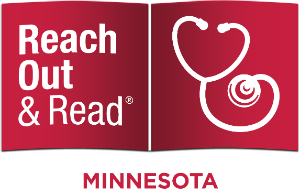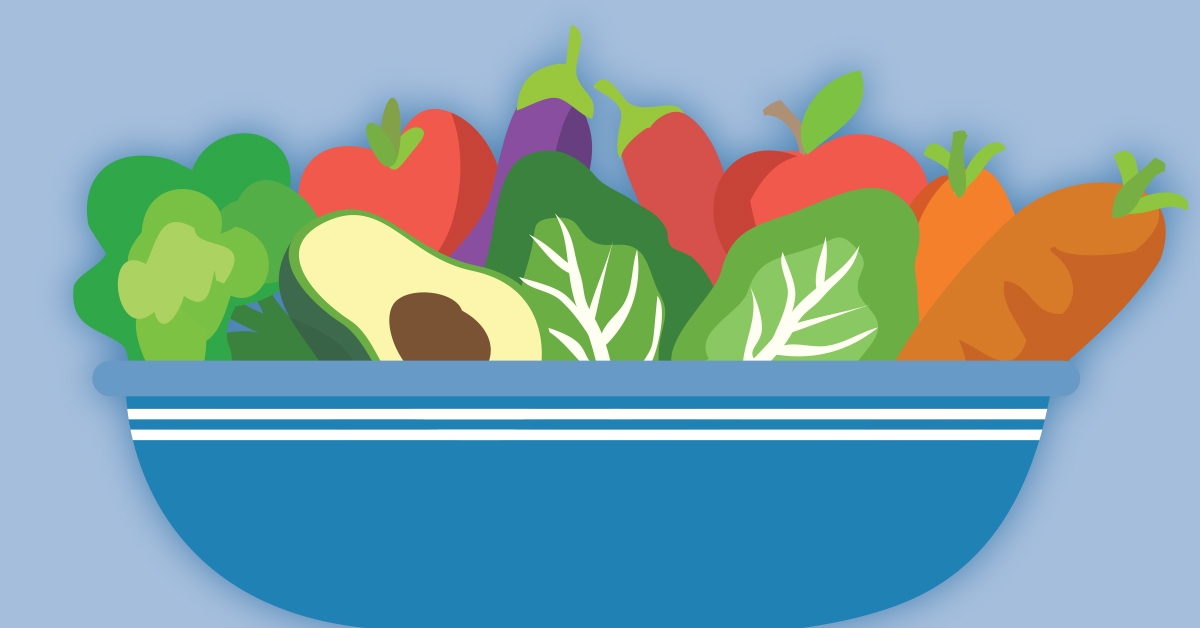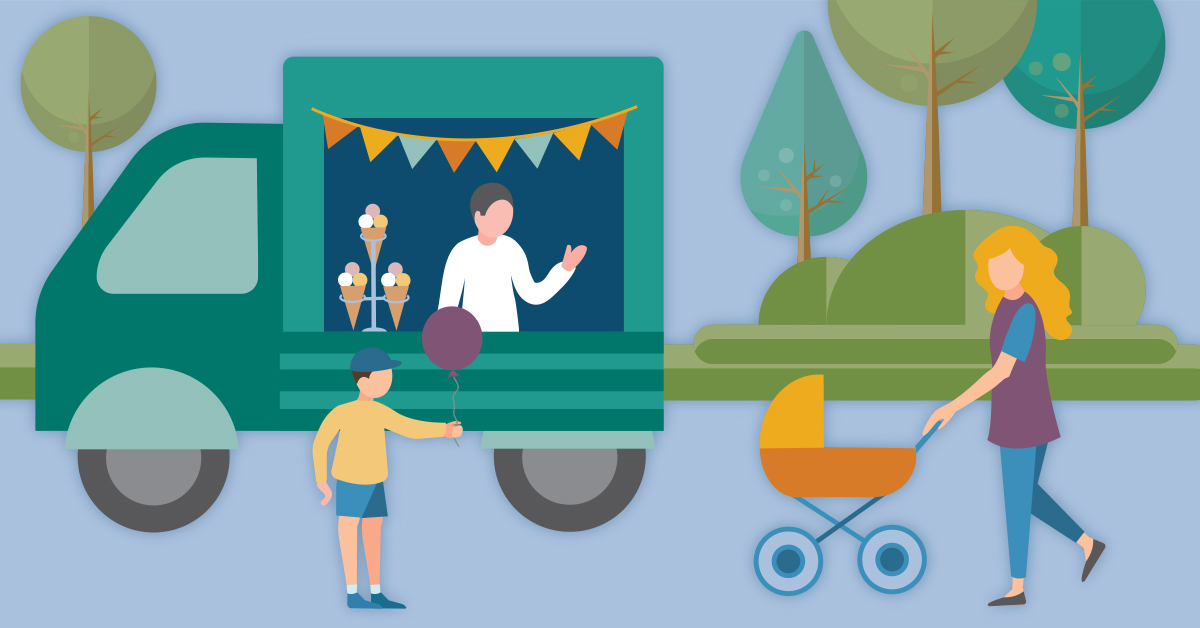Welia Health continues literacy initiative
A book is just the beginning of a bright future. The ability to read well and to enjoy reading is critical for a child’s later success. Reading for pleasure correlates with academic achievement and the opportunity for career growth, well beyond the elementary school years.
Third grade is a pivotal year for reading development. “Around third grade, the average reader is doing more than merely reading the words on the pages. They begin to use comprehension skills to ask if the words make sense and use their own personal experiences to understand and relate to the stories and conversations they are having (Scholastic.com).”
Third grade is also crucial because it is the final year that children are learning to read—by fourth grade, students are reading to learn. Students who are not proficient readers at the start of fourth grade will struggle to learn and fall further behind. In fact, a long-term study called Early Warning! Why Reading by the End of Third Grade Matters showed that students who were not proficient in reading by the end of third grade were four times more likely to drop out of high school than proficient readers. What’s more, 88 percent of students who have failed to earn a high school diploma were struggling readers in third grade.
Welia Health promotes reading

Given the importance of learning to read, particularly in third grade, Welia Health speech therapists Liz Eklund, Bethany Werner, Amy Miller and Julie Rue volunteered to read to area third graders just last month. They visited Hinckley, Pine City, Mora and Finlayson Elementary Schools to read the first chapter of one of three books: Secrets According to Humphrey and School Days According to Humphrey, both by Betty G. Birney, and Very Short Fairy Tales to Read Together by Mary Ann Hoberman. The kids then got to take the book home to keep and finish reading on their own.
The campaign extends Welia Health’s work with Reach Out and Read Minnesota. The Reach Out and Read model incorporates books into pediatric well-child visits, starting at six months and continuing through age five. Through the program, Welia Health providers use age-appropriate books as a tool to gauge a child’s development and to encourage parents to read to their children.
Research shows that the Reach Out and Read program promotes literacy, and Welia Health is a proud partner by offering books to our pediatric patients. According to a National Institute of Health study, “This simple and inexpensive intervention, delivered as part of well-child care, changed parent attitudes toward the importance of reading with their infants and toddlers. Through these interventions, parents and their children read more together, and this in turn was associated with enhanced language development in older toddlers in a diverse group of families.”
Importance of reading to babies and toddlers
When you read, talk, sing and play with babies and toddlers, the brain forms strong neural connections or synapses that create the foundation for all future learning, behavior and health. While brains are built over time, the foundations of brain architecture are constructed early in life. In fact, 80 percent of a child’s brain develops by age three.

Many parents don’t realize that moments of connection through talking, reading, singing, and playing, particularly in the first 90 days, have a tremendous and lasting impact given how the brain develops. When parents do know the impact, behaviors change.
That’s why Welia Health is committed to the Reach Out and Read program. Parents who participate in Reach Out and Read are 2.5 times more likely to read with their children. And when you read to young children, good things happen beyond creating healthy together time for parents and children. The lifelong benefits include:
- Increased vocabulary, curiosity and memory
- Positive associations with books and reading
- Opportunities to build listening skills
- A foundation for scholastic success
While reading books to infants and toddlers is critical to language and brain development, reading the signs in the grocery store while you’re shopping or in the waiting room before your doctor’s appointment is helpful, too. In fact, there’s a new statewide movement in Minnesota called Little Moments Count that is encouraging parents, caregivers, grandparents, and friends to talk, read, sing and play with babies and toddlers given the lifelong impact of those early years.
The connection between literacy and health outcomes
At Welia Health, we’re committed to doing everything we can to ensure that people in our communities are healthy and happy. A key factor connected to both longevity and quality of life is whether you graduated from high school—a student’s ability to read at grade level by the third grade is the number-one indicator of whether that student will or will not complete high school.
It’s all connected
While Minnesota does better than most states with respect to literacy rates, we still need to do better. In 2015, City Pages reported that “Hundreds of thousands of Minnesota Adults Struggle to Read” and just last year, MinnPost featured an article titled, “Minnesota’s Persistent Literacy Gap has Lawmakers Looking for Ways to Push Evidence-based Reading Instruction.”
At Welia Health, we’re doing our part because literacy matters to people’s health. When people have low literacy skills, it can make it difficult for them to navigate their healthcare, even with our supportive staff at Welia Health. Plus, studies have shown that patients with inadequate literacy have less health-related knowledge, receive less preventive care, have poorer control over their chronic illnesses, and are hospitalized more frequently than other patients.
So, for the sake of our collective health, let’s read more to babies and toddlers and make sure that our third graders can read at grade level. Their futures depend on our commitment to their literacy.
Source
Literacy and health outcomes: a systematic review of the literature














